Beijing is hazy again, and northern China is once again in a haze of smog. Although various contingency plans have been released, people still seem to be able to do the "wait for the wind."
What was the culprit that caused the haze in recent years? Photographer Lu Guang's “Iron and Steel Town†photo shows the simple truth from the reality of the image. The source of the gong is actually clear to everyone.
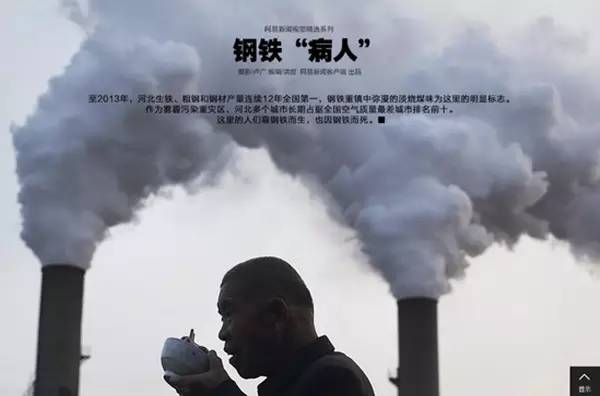
â— â— â—
Starting from the downtown area of ​​Beijing, it will enter Hebei Province by driving 50 kilometers south. In November, the strong winds in Siberia have not yet been blown, and the air is filled with a faint smell of coal. Hebei is a major steel province in China. By 2013, the production of pig iron, crude steel and steel in Hebei was the first in the country for 12 consecutive years. On the other hand, as a haze-stricken area, Hebei, Tangshan, Baoding, Xingtai and Handan have long-term Occupy the top ten cities with the worst air quality in the country. Qian'an City, with its chimneys to the west, is emitting heavy smoke every day.
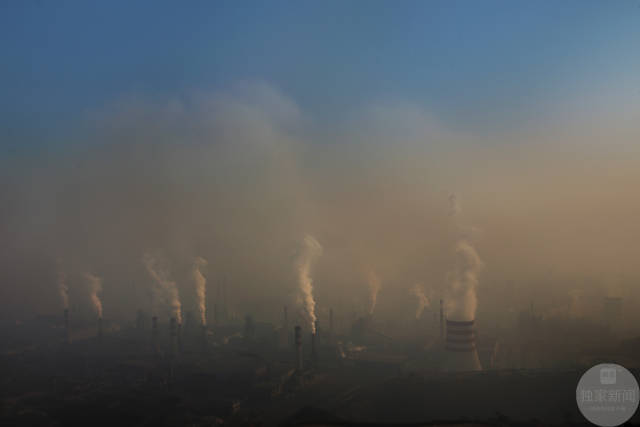
Tangshan Qian'an City Jiujiang Steel Wire Plant Area emits large amounts of sulfur dioxide, carbon dioxide, heavy metal ions, dioxins and other pollutants every day.
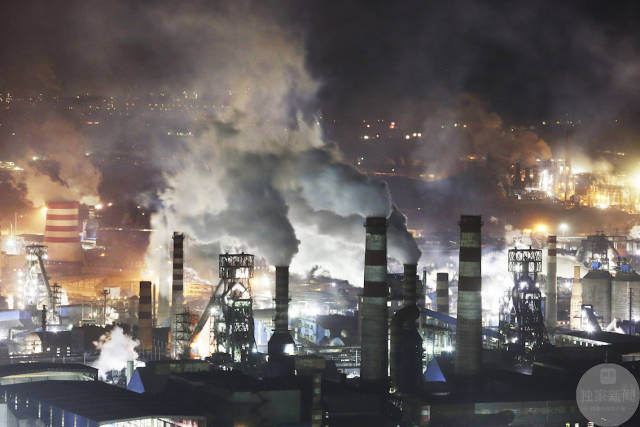
The western iron and steel plant of Qian’an City and the brightly lit steel city have caused more serious pollution emissions at night.
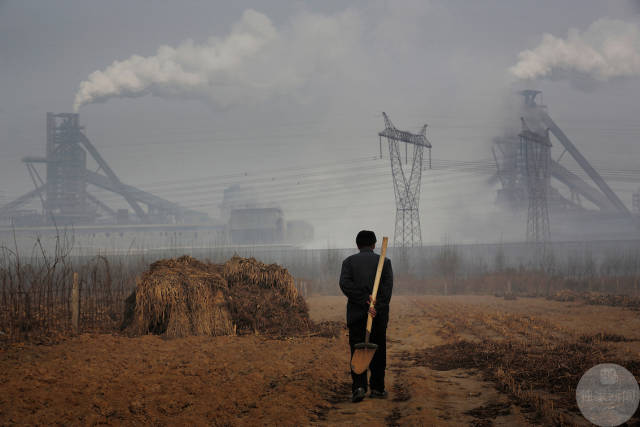
The land of Dayangguanying Village, Yejibang Town, Qian’an City has been covered and contaminated by dust from Yanshan Iron and Steel Plant. The entire village has now lived in 1,000 people, and one-third of them have lived in steel mills.
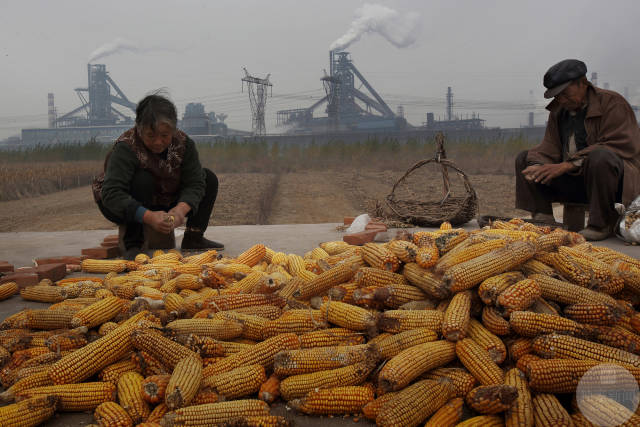
The house where Wu Guoxing and his wife Zhang Suqin lived is the closest to the Yanshan Iron and Steel Plant. The door was opened every morning and there was a layer of dust on the ground. The windowsill was not open at all, and the corn that was drying on the roof was covered by smoke from the Yanshan Iron and Steel Plant. gray.
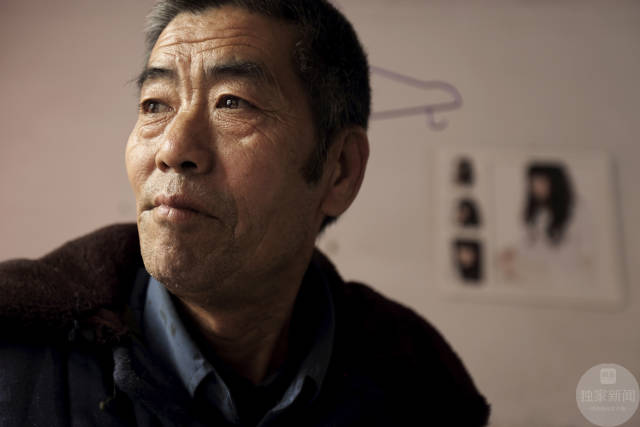
Liu Chun, a villager in Songting Village, Qian’an City, paid for a family of four. His wife and son were sick and had no work. His daughter had just graduated from junior high school and the family only used him to drive tricycles to make money. He only had more than 1,000 yuan a month. His wife has medical insurance, and he pays around 1400 yuan in three months. He also takes medicine every month. Their family is a poor family in the village.
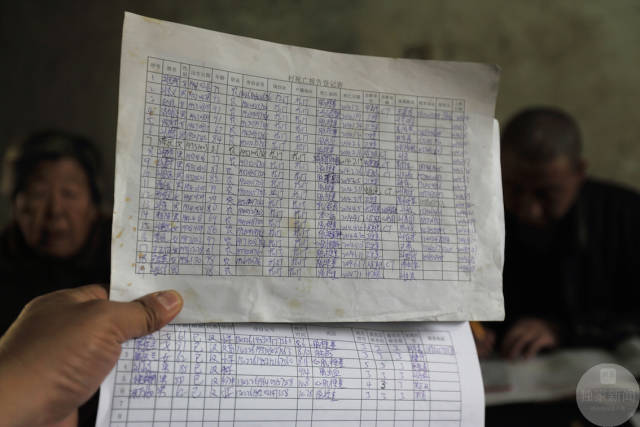
The death registration report of the villagers of Songting Village in Qian’an City indicated that due to the water pollution and air pollution of the local iron and steel plant in Qian’an Songting Village, Tangshan, the main causes of death of the villagers were cerebral infarction and lung cancer.

Songting villager Xiong Jibao’s family is one of the closest families to the steel plant and coking plant. He smells coal smell and smoke every day. He is only 63 years old this year and suffers from cerebral infarction. His legs and feet are not good.
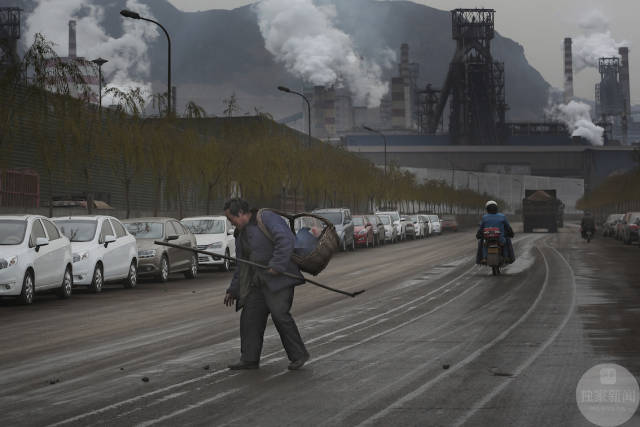
Song Ting villager Mao Wenxiu, 60 years old this year, is carrying a shovel and scooping coke in his hand. He makes a living from this.
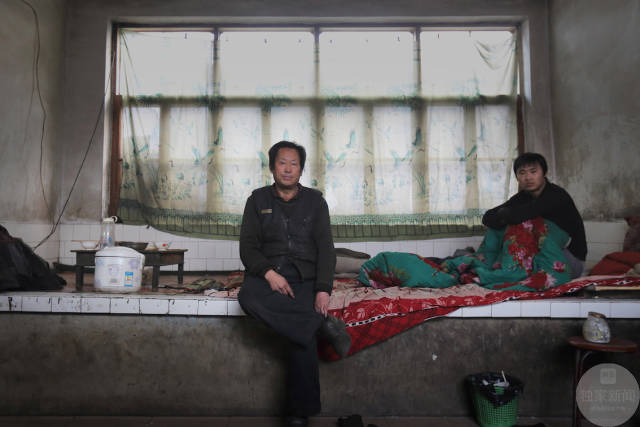
Song Ting villager Mao Wenxiu suffers from cerebral infarction. His wife died 10 years ago and has a 24-year-old son. The son spent two years at the Jiujiang Iron and Steel Plant and is now not working. He sleeps at home every day. The family lived alone on his coke, and he could lick 20 to 30 pounds a day and sell 0.6 yuan per kilogram.
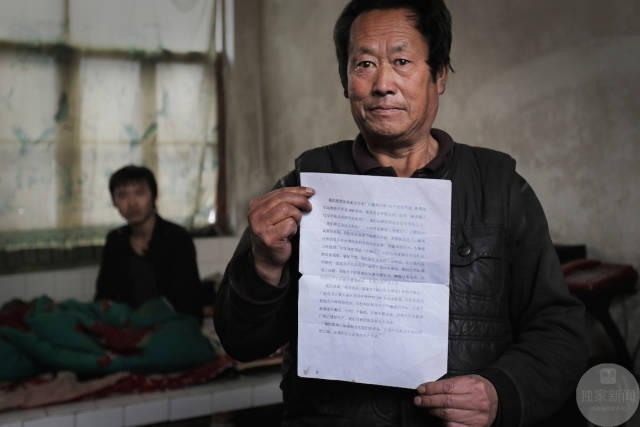
Songting Village has steel mills and coking plants surrounded on three sides. On one side is Shahe. More than 700 villagers in this village have not been relocated. More than 500 of them have bought houses outside, leaving behind some old people or villagers who can’t afford a house. . The villagers have repeatedly asked for relocation and have not resolved it.

The groundwater in Songting Village is seriously contaminated. Starting from January this year, the well water of the villager Han Xiulan’s home has a sour taste, and cooking and watering vegetables are not delicious.
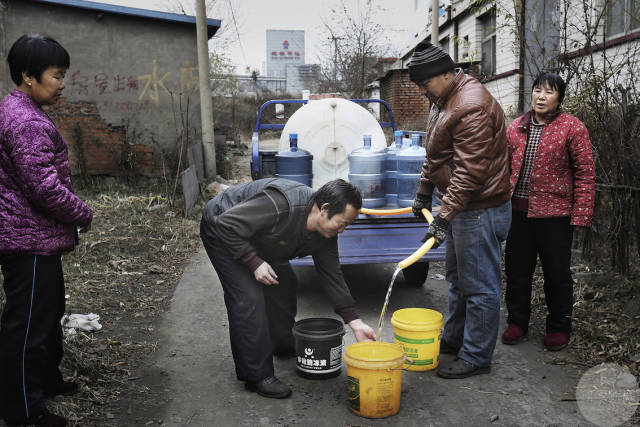
By March, many villagers' wells had turned yellow and had sour taste. Everyone no longer dared to eat well water.
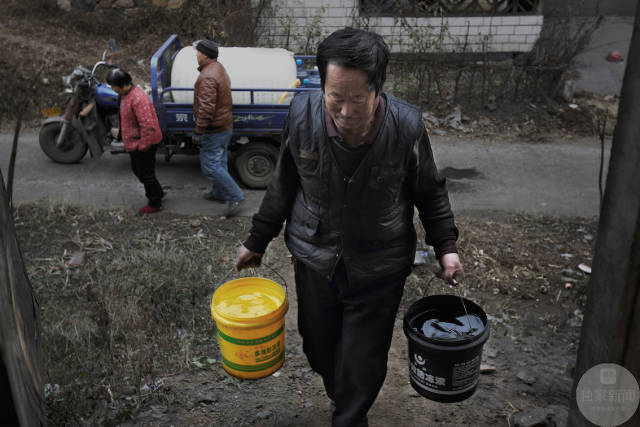
After the villagers petitioned the village, the town, the city, and Beijing, the Qian’an Zhonghua Coal Chemical Co., Ltd. funded the village committee to send water to the villagers.
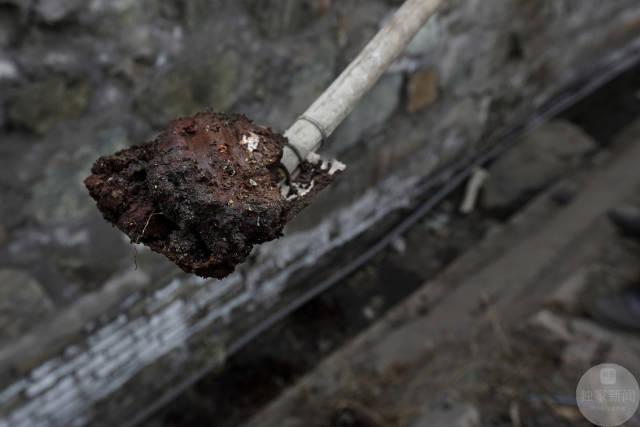
Outside the wall of the Qian'an City Sinochem Coal Chemical Co., Ltd., it is a sewage drain, and the soil in the trench is red-brown.
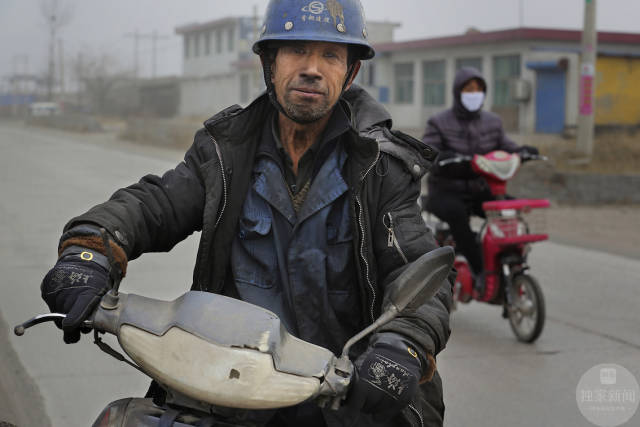
Wang Yancai of Beiying Village, Qian’an City, was a clean worker at the Qian’an Iron and Steel Plant for 10 years. The monthly salary was 1,600 yuan. This type of work is the coal that was cleaned up by the conveyor belt in the ironmaking furnace and the working environment is very dirty.
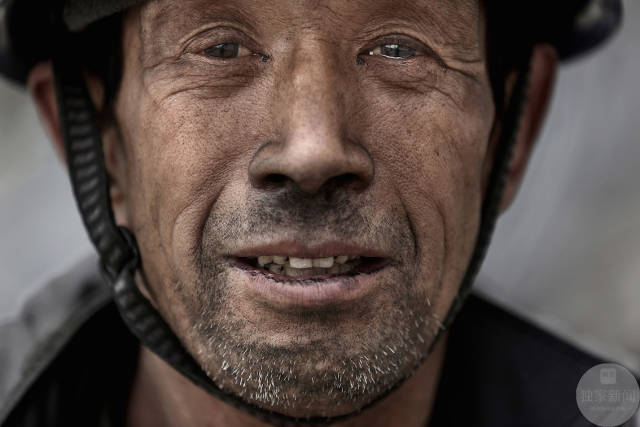
Wang Yucai, a 50-year-old woman, has never married because her income is too low. The distance from the home of the Beiying Township to the factory was more than 10 kilometers. He left the house every morning and began to clean coal cinders around 7:30. His face, mouth, and corners of his eyes were stained with black coal ash.
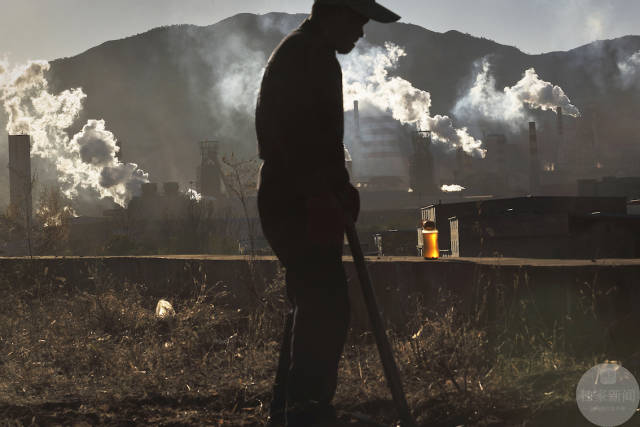
Liu Xingyu, a villager in Songting County, Qian’an City, has a family of four and originally 8 acres of land. Since 2000, the government has continued to expropriate land, and now there is no place for it. In the past decade or so, the cost of land acquisition for a family of four was only 60,000 yuan. They had no choice but to farm on the road to open land. Now they have opened a roadside area with a width of 2 meters and a length of more than 100 meters.

Wu'an City Stadium cost 1.3 billion yuan to build. Many local middle-aged women come here at a fixed time each day: They are back to the gymnasium, facing Wenan Iron and Steel Factory, and they dance square dances. The city of Wu’an is surrounded by more than a dozen iron and steel plants, power plants, and coking plants. No matter what the wind is, the urban pollution is very serious.
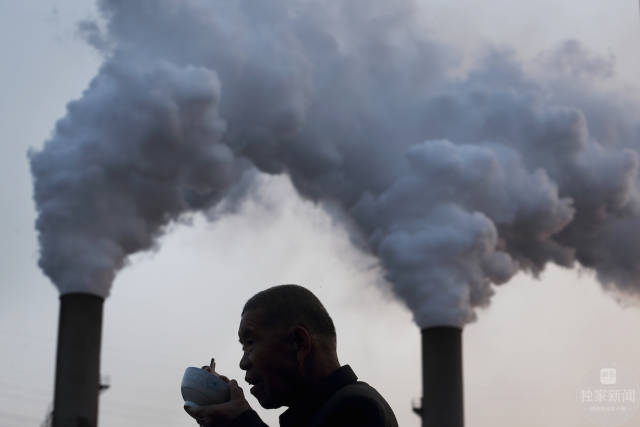
Handanlou Village and Handan Iron and Steel Factory in Handan City are separated by only one wall. As long as the south wind blows, the smoke and dust will float over. Many grey spots and iron powder will fall, and the smell of gas will be heavy. "A lot of trees are dead, and the windows in the rooms are not dare to open. They all have rhinitis pharyngitis," said the village guesthouse.
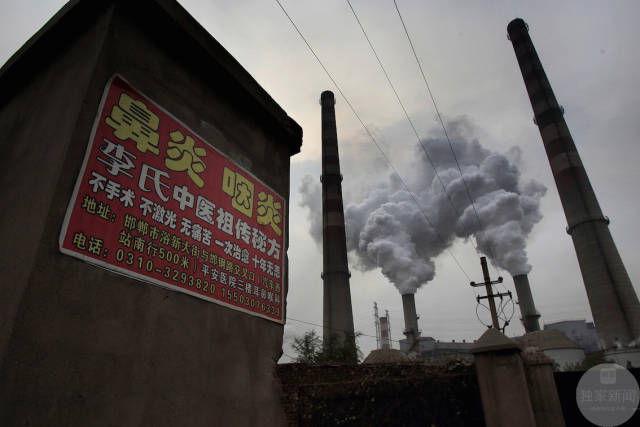
There are many advertisements for the treatment of rhinitis, pharyngitis, and other diseases near the residential area of ​​Handan Steel Works.
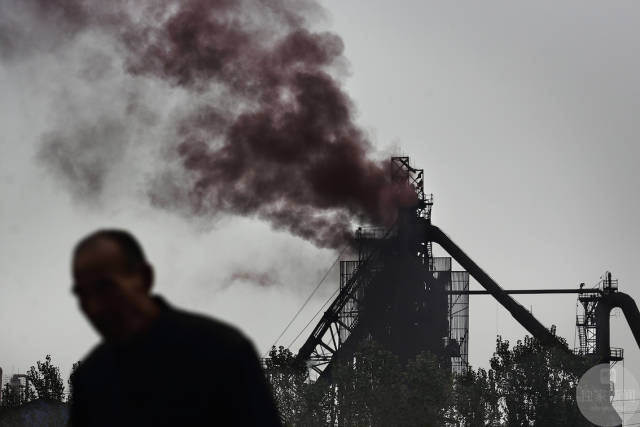
At Yongyang Iron and Steel Plant, Yongnian County, Handan, brown smoke blew out when iron ore was poured into an iron stove. Han Jingcai, a villager in Du Liugu village, ate vegetables in a vegetable field and was only a hundred meters away from the iron making furnace. His hands were covered with dark contaminants coming from the iron furnace.
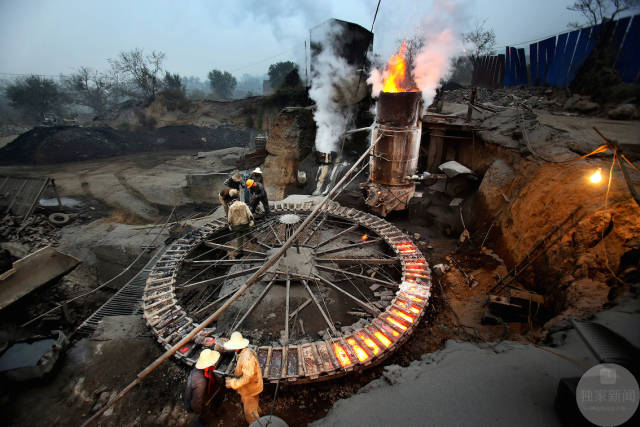
Since the implementation of the Air Pollution Prevention and Control Action Plan, Hebei Province has carried out the elimination of production capacity of backward small steel plants. The small iron stove with high energy consumption and high pollution has long been halted, but it is still booming in Jingdian Town, Shexian County.
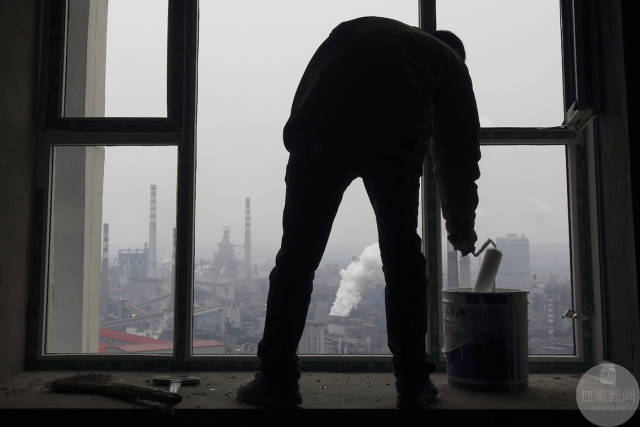
Handan City Luohe Mingyuan Community is a high-level high-end residential community and is now stepping up construction. The district and the Iron and Steel Plant are separated from each other and the current property sales are deserted.

Since the national air pollution action plan was promulgated in September 2013, Hebei Province has launched a massive air pollution control campaign. The steel industry is the main target. Hebei Province proposed to reduce the crude steel production capacity by 15 million tons in 2014. According to the latest data provided by the Hebei Provincial Government, as of the end of October of that year, Hebei Province has reduced iron and steel production capacity by 12.2 million tons and crude steel production capacity by 9.77 million tons. There is still a certain gap between the tasks of the year.
And two years later today, the demand for steel production is increasing.....
Conclusion:
It is really chilling. Even if you know where the source is, you can't turn it around. It really waited until the major smog in London in the 1950s, and when you died for 10,000 people, it was late.
Save our planet, save our homeland, and keep alive for our future generations!
Actmix®Polymer-bound Pre-dispersed Rubber Chemicals and addivitives
Polymer-bound pre-dispersed rubber chemicals and additives are generally used for the automotive sealing strips, rubber hose, conveyor belt, damping, sealing etc rubber technical parts, and rubber tyres; which has mixed with the EPDM, SBR, NBR, ACM, ECO or IR. These kind of Pre-dispersed Rubber Additives are more and more popular because of the excellent dispersion and dust-free than powder form rubber chemicals.
Advantage of Actmix®Polymer-bound pre-dispersed rubber chemicals and additives:
· 1. Excellent dispersibility in the rubber compound.
· 2. Dust less & Non moisture absorption.
· 3. Saving mixing time.
· 4. Stable physical properties.
· 5. Convenient to auto measuring procedures.
· 6. Safer and healthier to operators.
Actmix®Pre-dispersed rubber chemicals and additives masterbatch product range:
· 1. Thiazole, Thiuram, Dithiocarbamate, Guandine and Thiourea accelerators.
· 2. Vulcanizing agent
· 3. Anti-oxidant and Scorching retarders
· 4. Blowing Agent and promoter
· 6. Non-Nitrosaminee Accelerator. ZDTP-50, TP-50, Retarder E-80,TBzTD-70 etc.

Pre-dispersed Rubber Additives
Pre-dispersed Rubber Additives,Pre-dispersed Masterbatch Rubber Additive,Pre-Dispersed Polymer Bound rubber,Pre-dispersed Rubber Accelerator
Ningbo Actmix Rubber Chemicals Co., Ltd. , http://www.actmixchemicals.com